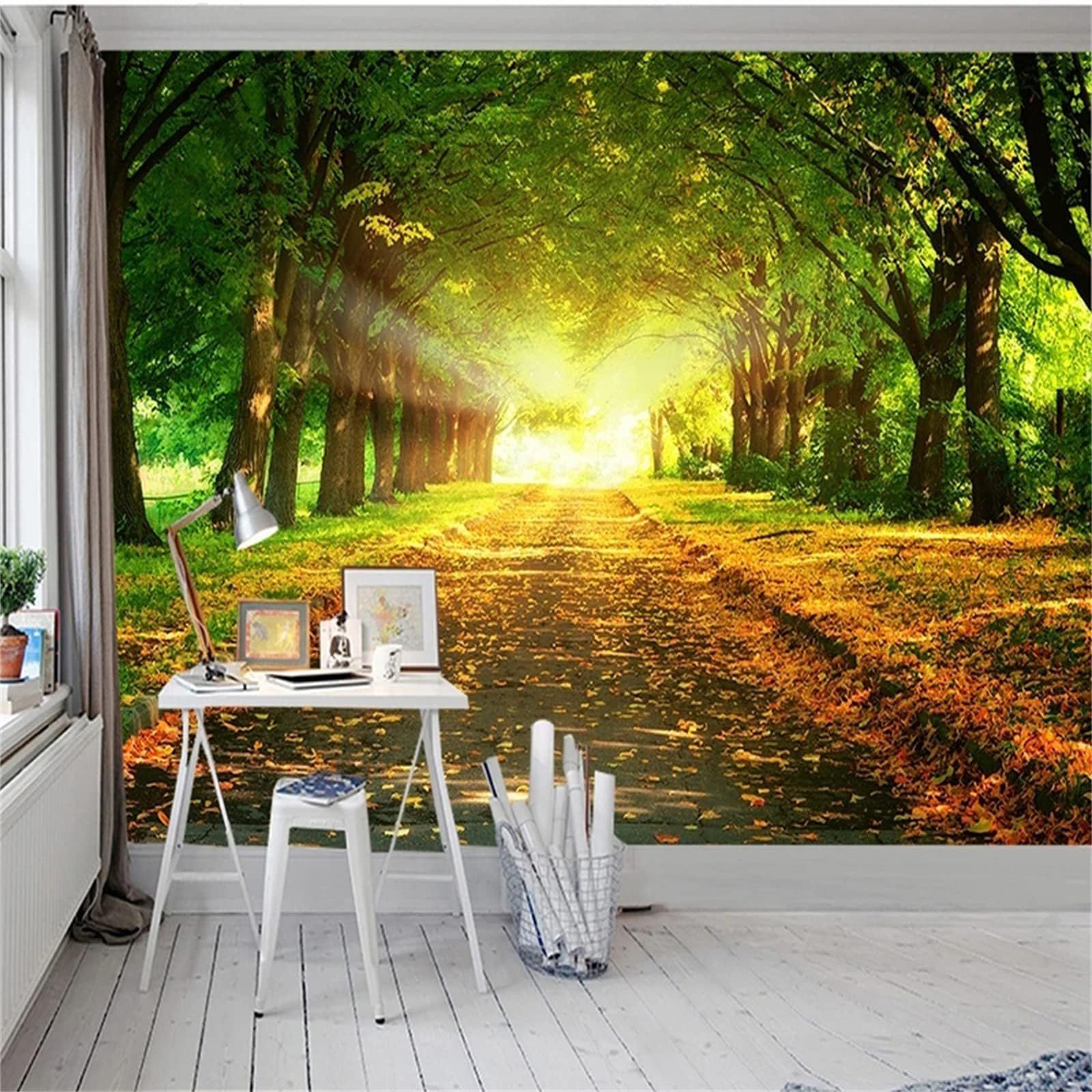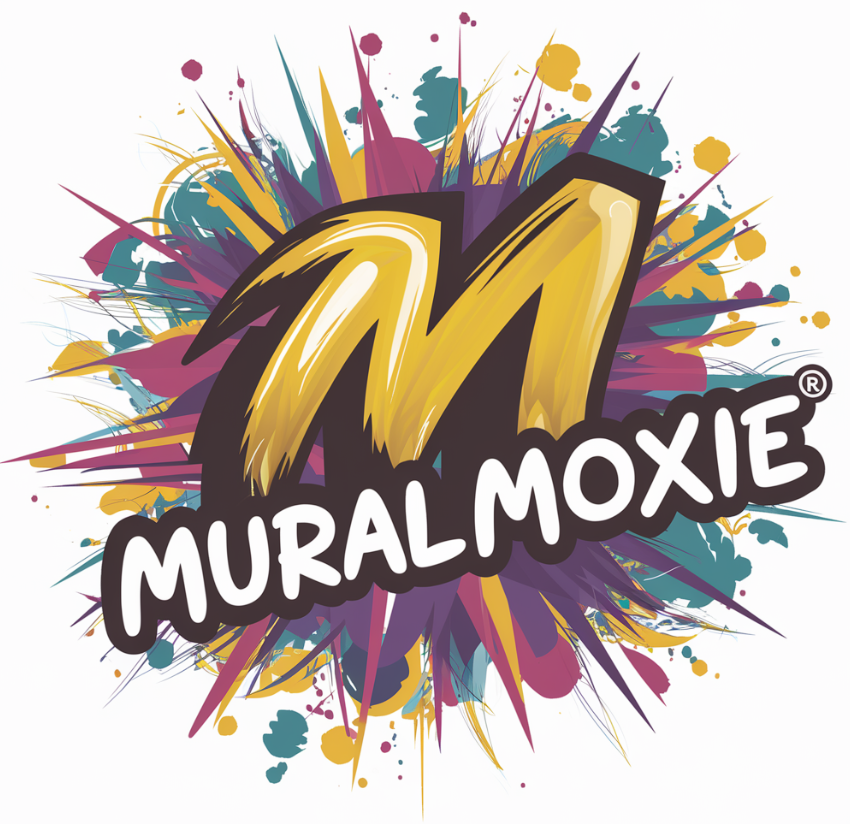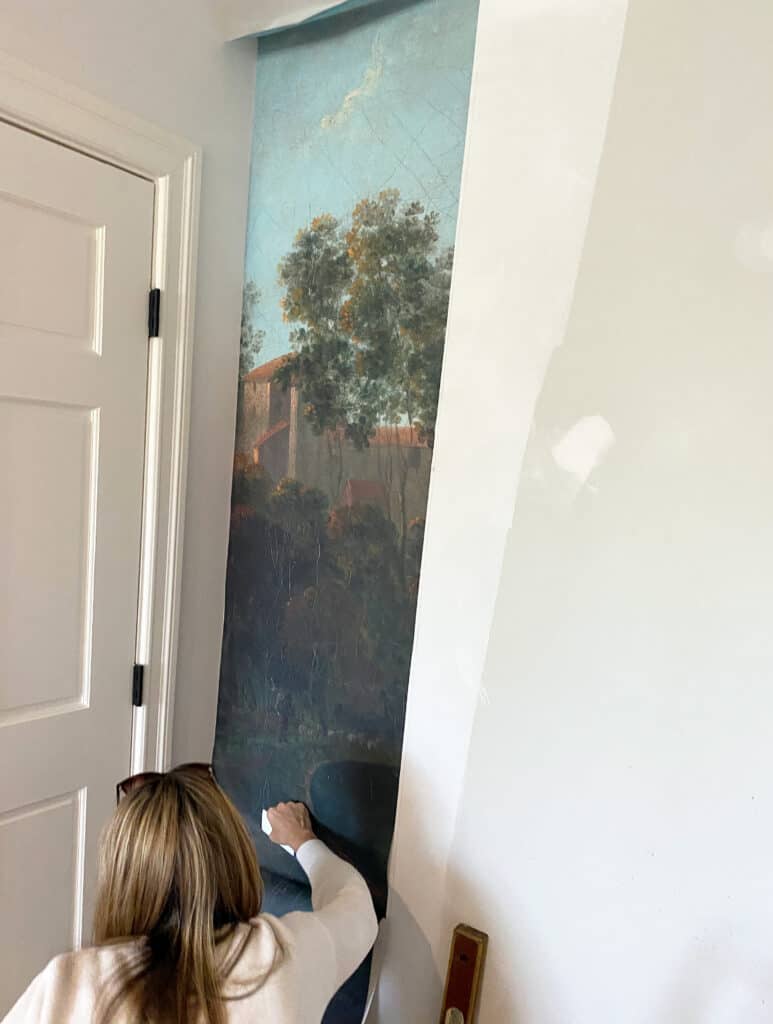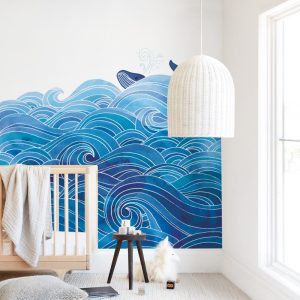Peel and stick murals offer a quick and easy way to transform a room. However, as they age, they can develop problems such as peeling and bubbling. Addressing these issues promptly is crucial to maintaining the aesthetic appeal of your space.
II. Causes of Peeling and Bubbling in Peel and Stick Murals
Understanding the root causes of peeling and bubbling can help you prevent these issues and ensure a long-lasting mural.
A. Poor Surface Preparation
- Dust, dirt, and grease on walls: Any contaminants on the wall can prevent the adhesive from sticking properly.
- Inadequate cleaning and drying: If the wall isn’t thoroughly cleaned and dried, the mural won’t adhere well.
B. Environmental Factors
- Humidity and temperature fluctuations: High humidity and temperature changes can weaken the adhesive.
- Direct sunlight exposure: Prolonged exposure to sunlight can cause the adhesive to deteriorate.
C. Quality of Wallpaper
- Low-quality adhesive backing: Inferior products often have weaker adhesives that don’t hold up over time.
- Aging or damaged wallpaper: Older murals may lose their adhesive properties or become damaged.
D. Improper Installation Techniques
- Rushing through the process: Not taking the time to apply the mural correctly can lead to issues.
- Not smoothing out air bubbles during application: Failing to remove air bubbles can cause bubbling later on.
III. How to Fix Peeling in Peel and Stick Murals
If your mural is peeling, there are several steps you can take to fix it.
A. Reapplying Adhesive
- Using a glue syringe for precise application: A glue syringe allows you to apply adhesive exactly where it’s needed.
- Ensuring even distribution of adhesive: Make sure the adhesive is spread evenly to avoid further peeling.
B. Surface Preparation Before Reapplication
- Cleaning the wall thoroughly: Remove any dust, dirt, or grease from the wall.
- Applying primer if necessary: A primer can help the adhesive stick better.
C. Step-by-Step Reapplication Process
- Unpeeling and realigning the mural: Carefully peel back the mural and realign it.
- Smoothing from the center outwards: Use a squeegee to smooth the mural from the center out to the edges.
IV. How to Fix Bubbling in Peel and Stick Murals
Bubbling can be a common issue, but it is fixable with the right techniques.
A. Identifying and Addressing Air Bubbles
- Using a pin to puncture bubbles: Gently puncture the bubble with a pin to release trapped air.
- Smoothing out bubbles with a squeegee: Use a squeegee to smooth out the mural and remove any remaining air pockets.
B. Reapplying Sections with Persistent Bubbles
- Cutting and reapplying problematic sections: If bubbles persist, cut out the affected area and reapply it.
- Ensuring no air pockets remain: Make sure to smooth out the section thoroughly to avoid new bubbles.
V. Preventive Measures for Peeling and Bubbling
Taking preventive measures can help you avoid these issues in the first place.
A. Proper Surface Preparation
- Cleaning and drying the wall: Ensure the wall is clean and dry before applying the mural.
- Applying primer for better adhesion: A primer can provide a better surface for the adhesive to stick to.
B. Optimal Installation Conditions
- Avoiding high humidity and extreme temperatures: Install the mural in a stable environment to prevent adhesive issues.
- Ensuring a stable environment during installation: Keep the room at a consistent temperature and humidity level during installation.
C. Using High-Quality Materials
- Investing in reputable brands with strong adhesive backing: High-quality products are less likely to peel or bubble.
- Checking for UV-resistant and durable options: Choose murals that are designed to withstand sunlight and wear.
VI. Common Mistakes to Avoid
Avoiding common mistakes can help you achieve a flawless mural application.
A. Skipping Surface Preparation
- Skipping surface preparation: Always clean and prepare the wall before applying the mural.
B. Rushing the Installation Process
- Rushing the installation process: Take your time to ensure the mural is ap he has a good point plied correctly.
C. Using Low-Quality Wallpaper
- Using low-quality wallpaper: Invest in high-quality products to avoid issues down the line.
D. Ignoring Environmental Factors
- Ignoring environmental factors: Consider the room’s humidity and temperature when installing the mural.
VII. FAQs
A. Why is my peel and stick mural peeling off?
Peeling can be caused by poor surface preparation, environmental factors, or low-quality adhesive.
B. How can I prevent bubbles from forming?
To prevent bubbles, ensure the wall is clean and dry, and smooth out the mural during application.
C. Can I apply peel and stick murals in humid environments?
While it’s possible, it’s best to avoid high humidity during installation to ensure the adhesive sticks properly.
D. How do I clean my peel and stick mural?
Use a damp cloth to gently clean the mural, avoiding harsh chemicals that could damage the adhesive.
VIII. Conclusion
In summary, dealing with peeling and bubbling in peel and stick murals involves understanding the causes, fixing the issues, and taking preventive measures. By following the steps outlined in this article, you can ensure your mural remains beautiful and intact for years to come.


Meet Hi there! I’m Jason Noon, a passionate Product Consultant specializing in mural design and customization. Welcome to MuralMoxie, where creativity meets craftsmanship. My journey into the world of murals began over a decade ago. I started as a graphic designer, but my love for large-scale art installations quickly took over.



